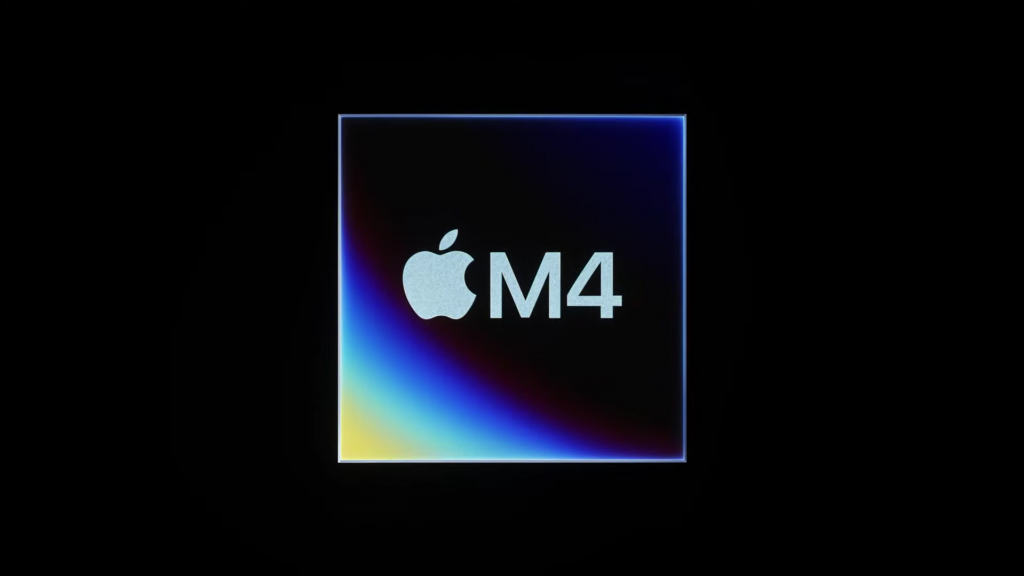Halfway through Apple’s ‘Let Loose’ May event, while introducing the company’s new iPad Pro, the company’s VP of platform architecture, Tim Millet, stopped by to drop the news of Apple’s latest in-house silicon chipset — M4.
In typical Apple fashion, the new one is much faster than anything else it’s made and certainly faster and betterer than any other chips on the market. The new M4 chip is built on TSMC’s second-generation 3nm process which experienced a few thermal teething problems when it launched last year. Those should’ve been addressed by now, right?
It’s about time for Apple M4 gains
Apple is billing its new M4 chip as necessary to run the new iPad Pro’s OLED displays… for now, although we’re sure that tune will change to include Apple’s AI efforts as soon as it shows up. The M4 seems rather similar to last year’s M3 which might explain why Apple steered clear of direct comparisons between the two and why it was comparatively light on technical details.
M4 features an “improved” 10-core CPU with four cores dedicated to performance and six to efficiency. This somehow results in a performance uplift of “up to” 50% over M2. The 10-core GPU also received some improvements, apparently, and is four times faster than the GPU in the M2. There is 120GB/s of unified memory bandwidth available, not far off the 128GB/s of the M3 Max.
Lastly, the NPU or ‘Neural Engine’ that Apple has been including in its chips for years is now slightly more relevant in the face of on-device AI capabilities that everyone else is pushing. It gets 16 cores to play with and is reportedly “faster and more efficient,” because of course it is.
We’ll probably learn more about Apple’s M4 efforts next month at WWDC. If not more about the chip then more about how Apple will use it to drive its own AI smarts.





